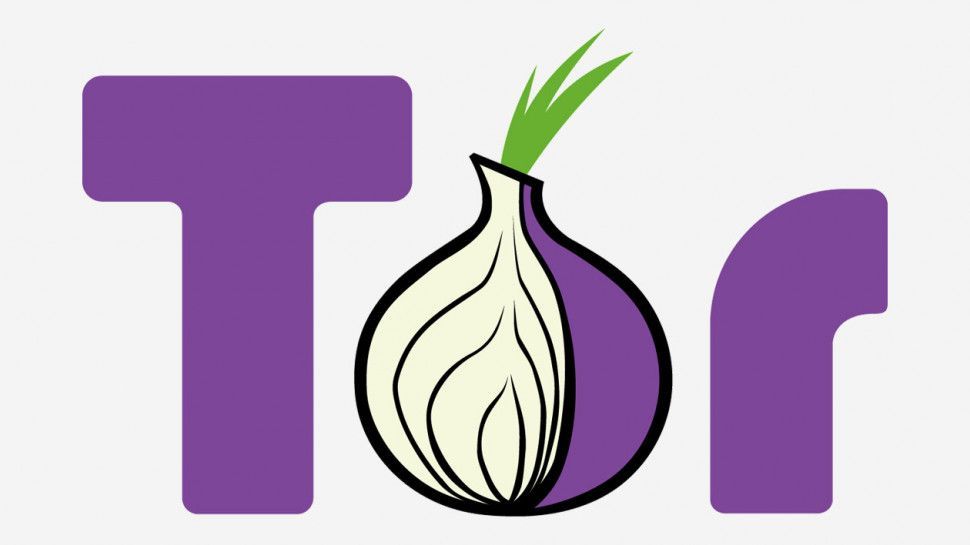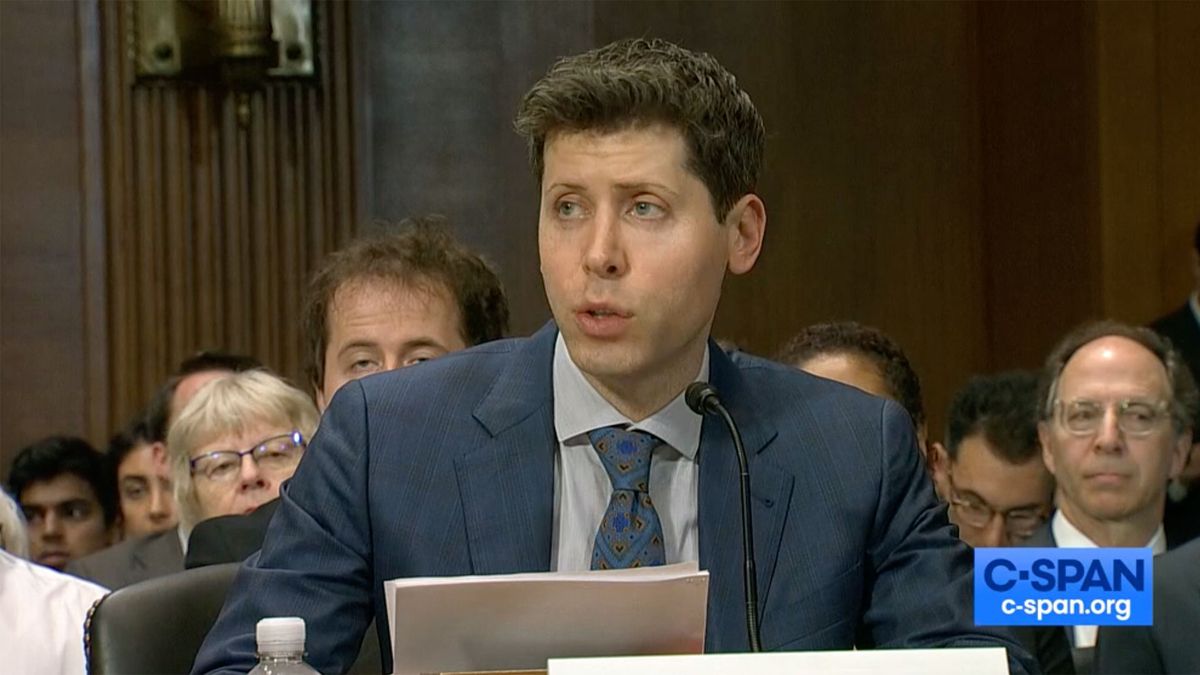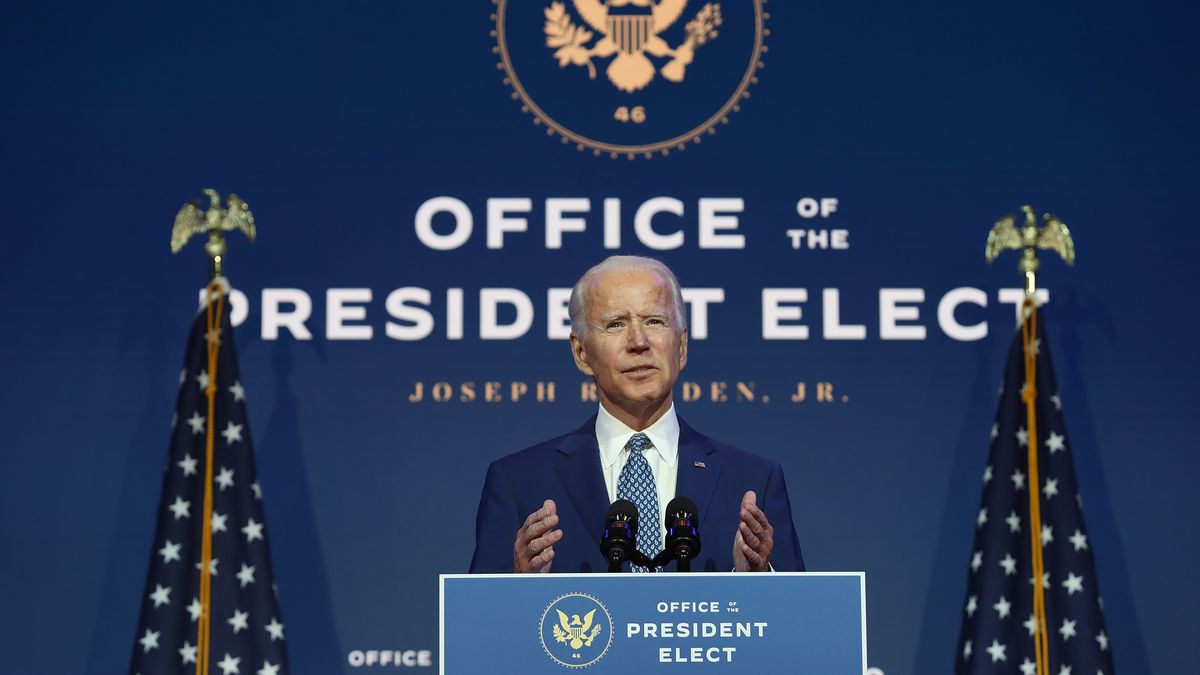The Tor Project has launched a new bridge called WebTunnel, aimed at those trying to access the Internet in regions with heavy censorship.
In its blog post, the organization says that “developing different types of bridges is crucial to making Tor more resilient against censorship and staying ahead of adversaries in the highly dynamic and ever-changing censorship landscape.” “.
The announcement comes at a crucial time, with many elections taking place around the world this year, meaning many countries will look to restrict access to the public internet in an attempt to silence any dissenting voices.
Web Tunnel
The Tor Project describes WebTunnel as a “censorship-resistant pluggable transport designed to mimic encrypted web traffic (HTTPS).” This means that to observers, it looks like a normal HTTPS connection, so it appears as if the user in question is simply browsing normally.
The similarities are so strong that Tor claims that “WebTunnel… can coexist with a website on the same network endpoint, i.e., the same domain, IP address, and port.”
It also says that unlike obfs4 bridges, WebTunnel's ability to mimic regular web traffic means it is “more effective in scenarios where there is a list of allowed protocols and a network environment denied by default.”
Tor compares network censorship methods to a coin sorting machine, where the coins themselves represent the flow of web traffic. The machine checks to see if the coins are the right shape to fit through the slot and, if so, lets them pass through. In the case of fully encrypted web traffic, the coins do not fit together, so they are blocked.
Tor explains that since obfs4 traffic does not match any form recognizable to censorship authorities, it is blocked. But because WebTunnel traffic looks like HTTPS traffic, it is passed.
WebTunnel bridges can be found on the Tor bridges website, in the Advanced Options section. They require the latest versions of the Tor browser to work, which are available for desktop and Android devices.









